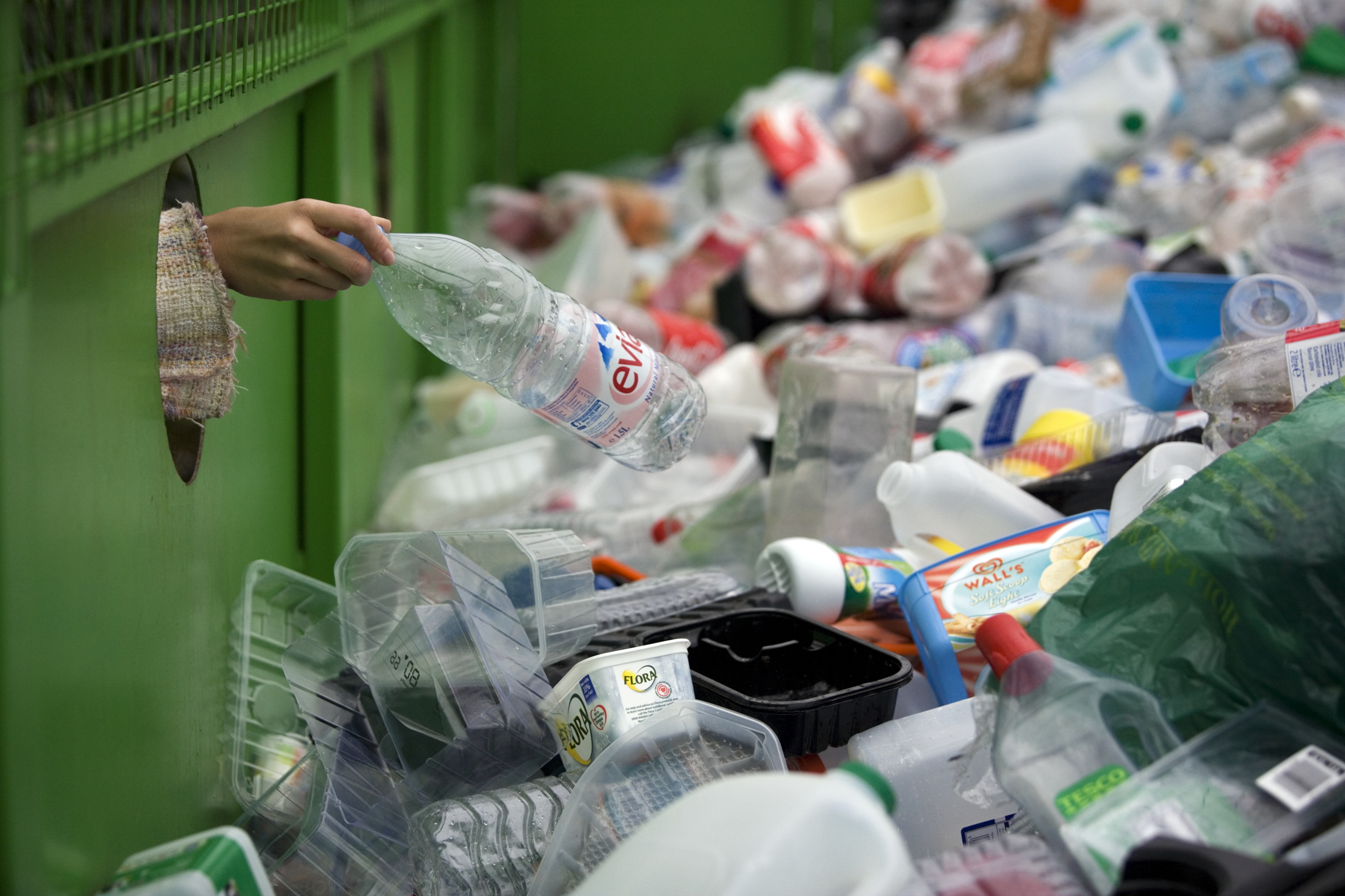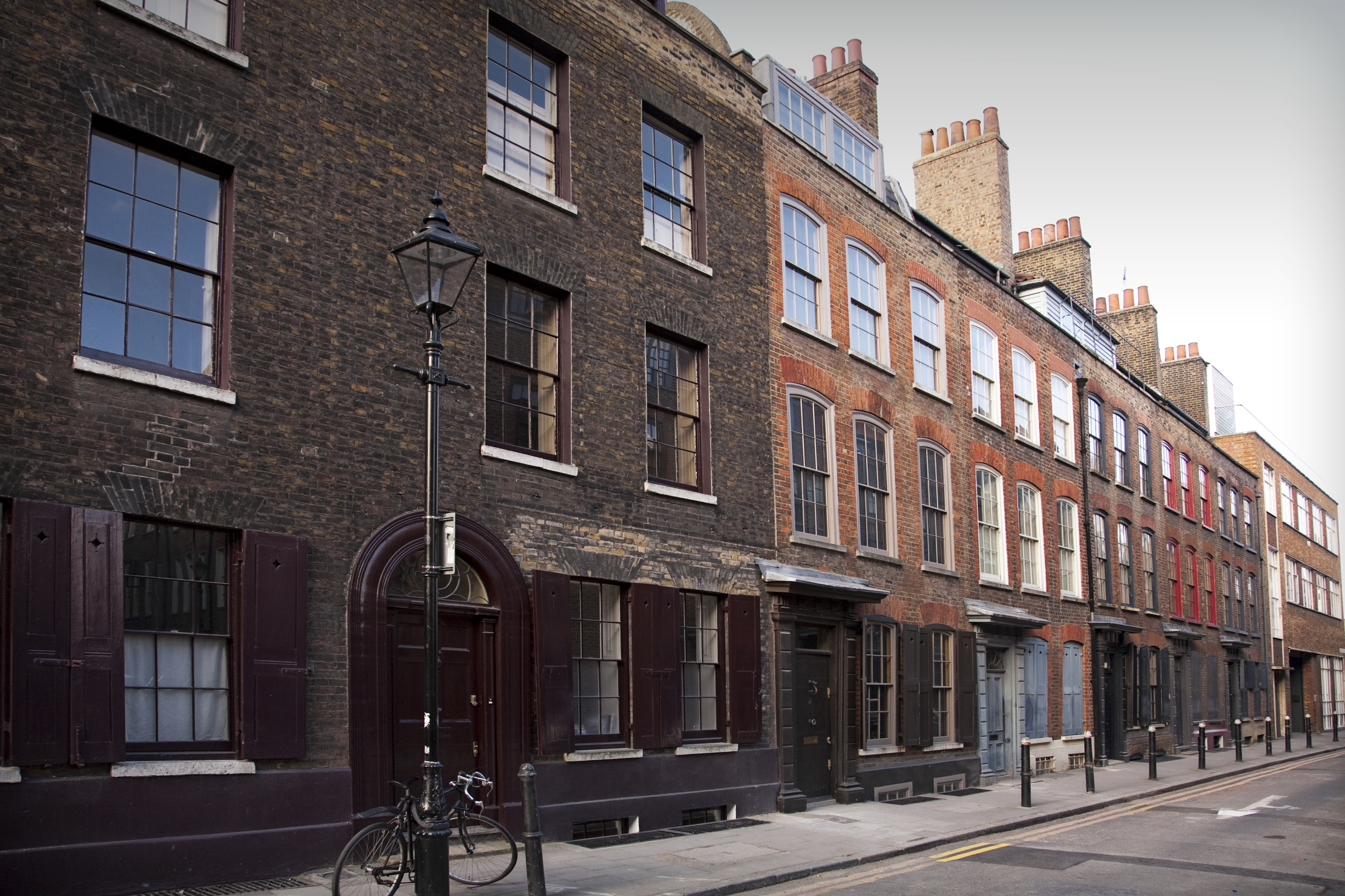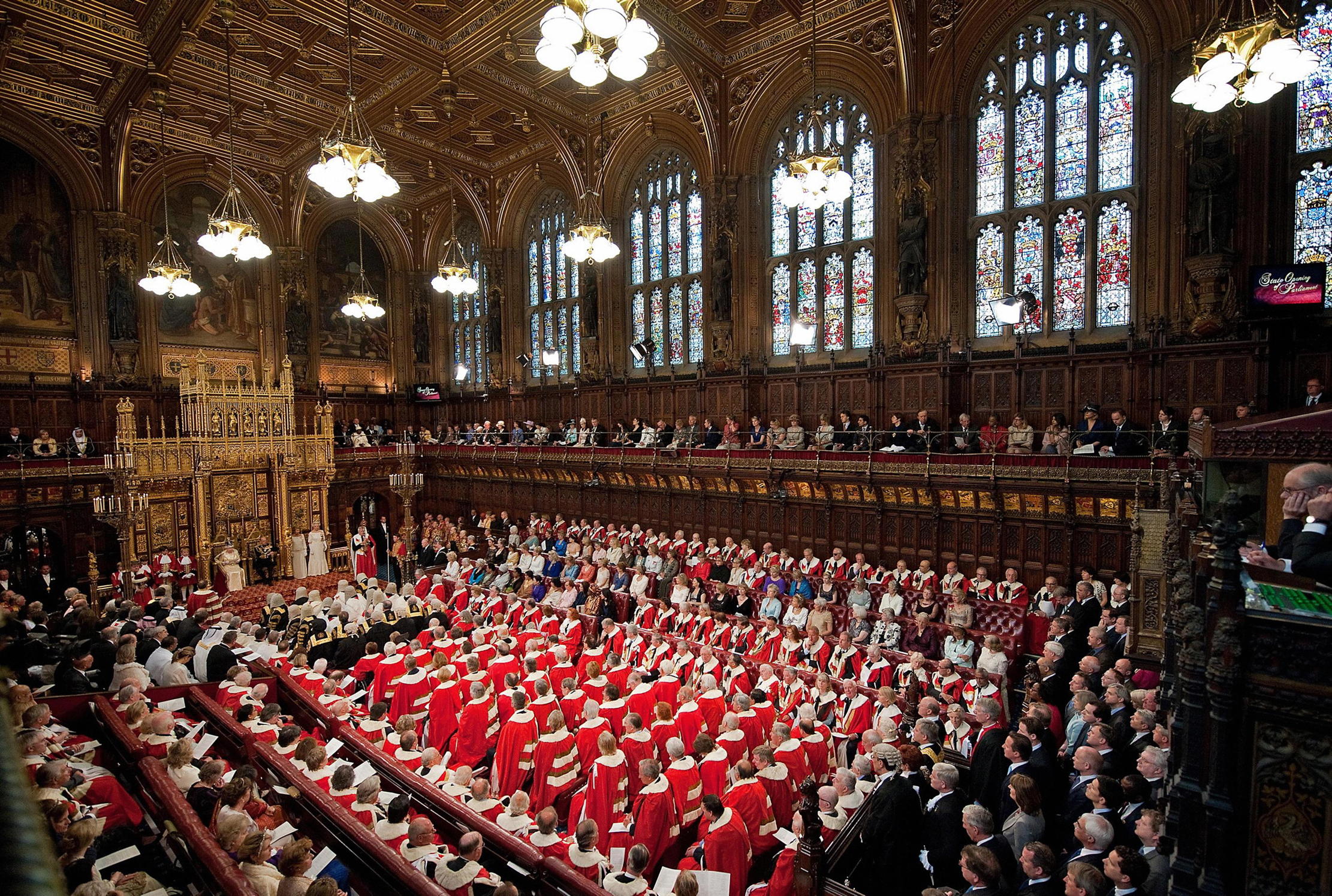Less packaging please, we're British: Why it's only fair for producers to pay for their own recycling
Ignored by the media and largely unknown to the general public, the 300-odd pages of this Statutory Instrument may fundamentally change all our lives.


Our lives are often fundamentally affected, not by the generalities embodied in great Acts passed by Parliament, but by the detailed requirements laid down in Statutory Instruments. These detail the rules by which the law is enforced. They say what individuals and businesses are required to do and, currently, a particularly important Statutory Instrument is proceeding through Parliament with practically no press comment, although it could easily increase the cost of everything that we buy and is particularly relevant to country people because it fundamentally affects the economics of food.
Its concept is wholly admirable. Most of us are fed up with the amount of packaging around almost everything we buy. The UK, like all other European countries, tried to deal with the problem 30 years ago by introducing Producer Responsibility legislation. It put a levy on packaging and the money raised went towards increasing recycling and reducing the total amount of packaging used. Its effect was good, but limited — as all of us recognise when struggling with Amazon deliveries, triple-packed cosmetics and the widespread use of entirely unnecessary plastic.
Indeed, we see some of the worst results in the countryside, where so much of the litter is the remains of the bags, boxes and sleeves of the fast-food companies; where rivers and watercourses are choked with plastic bottles; and where our animals are endangered by the packaging detritus left by thoughtless passers-by. All that led both the previous Government and its successor to seek to improve the system by transferring the cost of recycling from the local council and putting it directly on to those who cause the problem, so they would have every incentive to reduce and recycle. It’s a huge change. A business that this year pays a packaging levy of £500,000 could be asked for £10 million next year.
'big food has never had to pay the real cost of the polystyrene, the plastic bottles, the film and the sleeves that their business models entail'
That sum will, of course, be passed on to the consumer, unless the producer can reduce the cost by using less packaging; light-weighting their bottles; or substituting easily recycled materials for those that are more difficult. They’ll need the help of modern technology and their design and marketing teams will have been pressured to find innovative ways of reducing and recycling.
The first question will have to be ‘do we need the package at all?’ In some surprising cases, such as cucumbers, wrapping in plastic does extend shelf life and, therefore, ensures less food wastage, but there’s no excuse for things such as the nets around lemons. Indeed, at the other end of the scale, why is Champagne still put in bottles packed in cardboard boxes that are immediately thrown away? The French house Telmont has shown it’s possible to do without these boxes without affecting sales. Veuve Clicquot, wake up! You, like every business, will have to face these fundamental questions now you have to pay the full environmental cost.
Many more commonplace food companies will also find this difficult because their growth has depended on packaging. It facilitates mass production; it extends shelf life; and it’s a necessary part of national take-away chains and of home delivery. Yet, big food has never had to pay the real cost of the polystyrene, the plastic bottles, the film and the sleeves that their business models entail. That’s part of the reason why small local businesses have found it so hard to compete. These multinationals have operated on the cheap and, now, this legislation will begin to put that right. Local sourcing and simple presentation will be increasingly attractive as the packaging-ridden alternative becomes more expensive. Ignored by the media and largely unknown to the general public, the 300-odd pages of this Statutory Instrument may fundamentally change all our lives.
Agromenes is Country Life's Countryside Crusader. He writes a column every week.
Sign up for the Country Life Newsletter
Exquisite houses, the beauty of Nature, and how to get the most from your life, straight to your inbox.

Credit: Getty Images
The home is more than just 'a machine for living in': how architects, interior designers and builders respect the past, embrace the present and define the future
Restoration is more than just a plaything for historians — it's the foundations on which styles, taste and form evolve.

When it comes to heritage development, the conservation officer is king. We need more of them
A lack of funding and expertise is having a detrimental effect on our listed heritage. To survive, these buildings need

The end of deference: Why using the right title matters
It might be an 'old-world problem', but using incorrect form when addressing someone is a symptom of laziness and inaccuracy

Minette Batters: 'There are serious questions to be asked as to whether the advice given to ministers is correct'
The former NFU President and crossbench peer worries about the effects of the latest budget, and asks why we can't
Country Life is unlike any other magazine: the only glossy weekly on the newsstand and the only magazine that has been guest-edited by HRH The King not once, but twice. It is a celebration of modern rural life and all its diverse joys and pleasures — that was first published in Queen Victoria's Diamond Jubilee year. Our eclectic mixture of witty and informative content — from the most up-to-date property news and commentary and a coveted glimpse inside some of the UK's best houses and gardens, to gardening, the arts and interior design, written by experts in their field — still cannot be found in print or online, anywhere else.
-
 'To exist in this world relies on the hands of others': Roger Powell and modern British bookbinding
'To exist in this world relies on the hands of others': Roger Powell and modern British bookbindingAn exhibition on the legendary bookbinder Roger Powell reveals not only his great skill, but serves to reconnect us with the joy, power and importance of real craftsmanship.
By Hussein Kesvani
-
 Spam: The tinned meaty treat that brought a taste of the ‘hot-dog life of Hollywood’ to war-weary Britain
Spam: The tinned meaty treat that brought a taste of the ‘hot-dog life of Hollywood’ to war-weary BritainCourtesy of our ‘special relationship’ with the US, Spam was a culinary phenomenon, says Mary Greene. So much so that in 1944, London’s Simpson’s, renowned for its roast beef, was offering creamed Spam casserole instead.
By Country Life